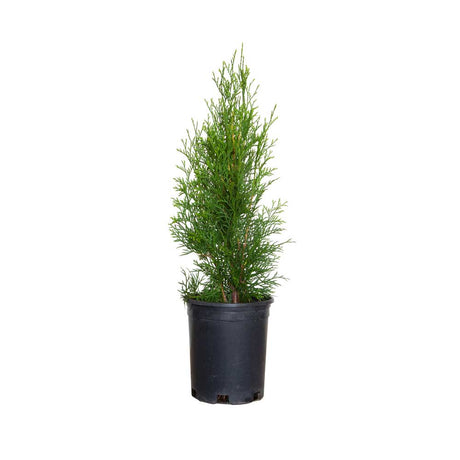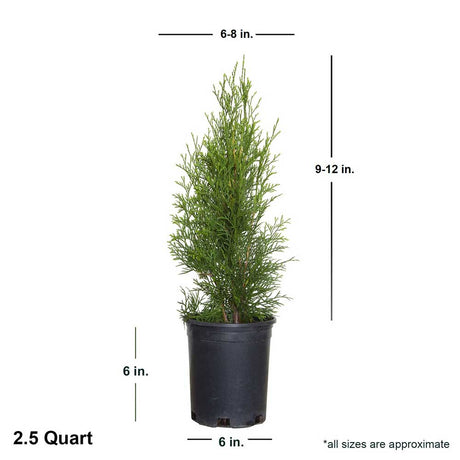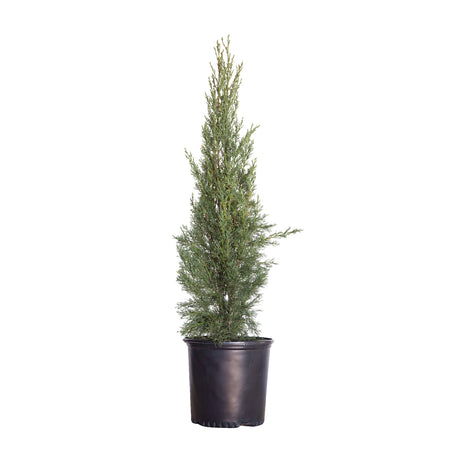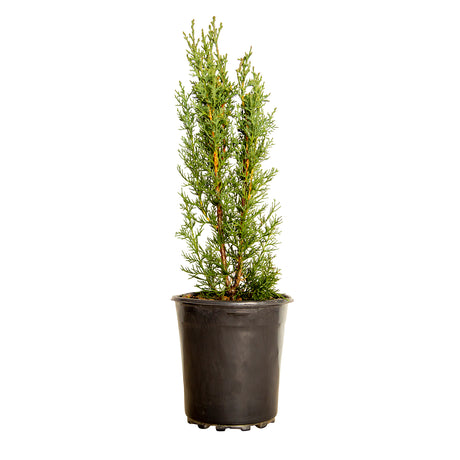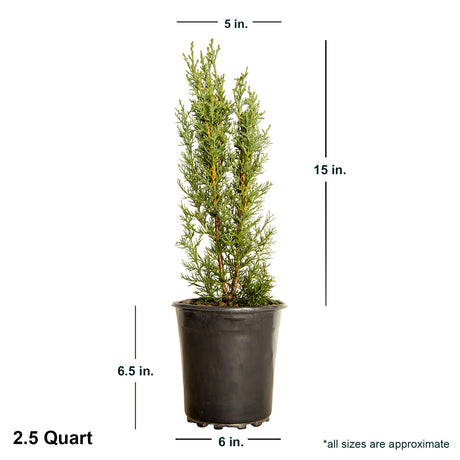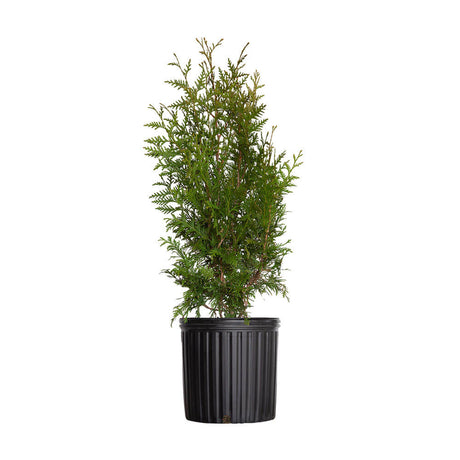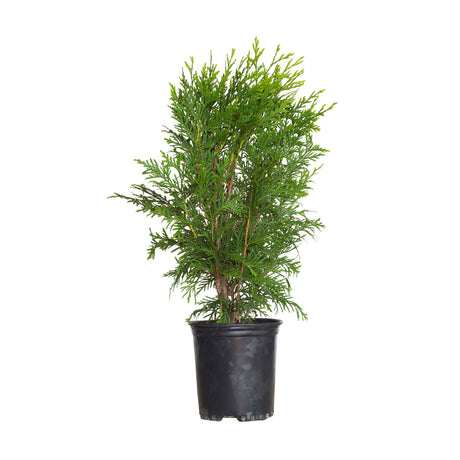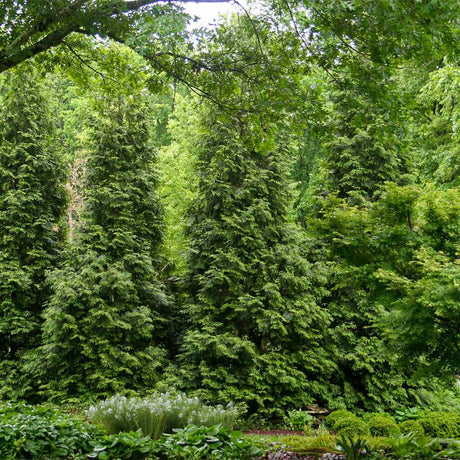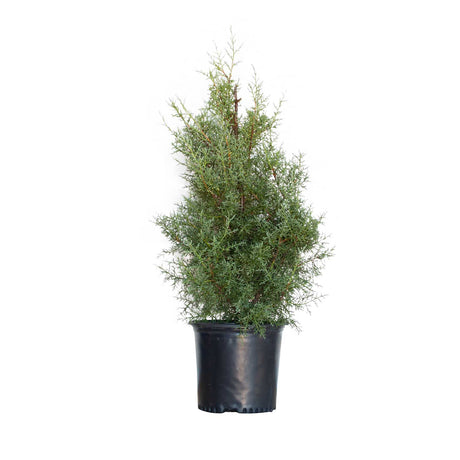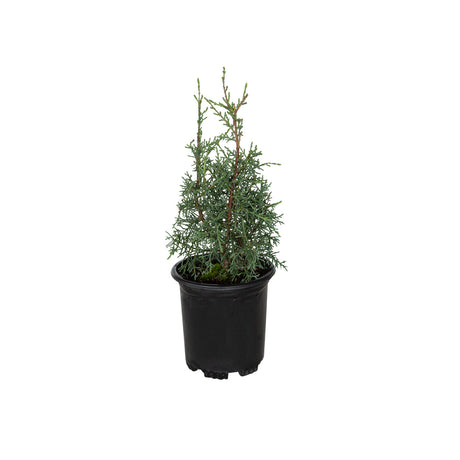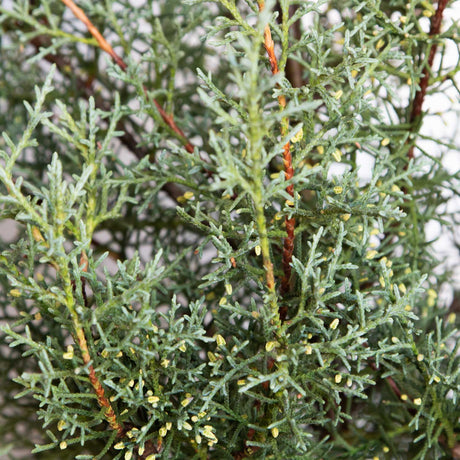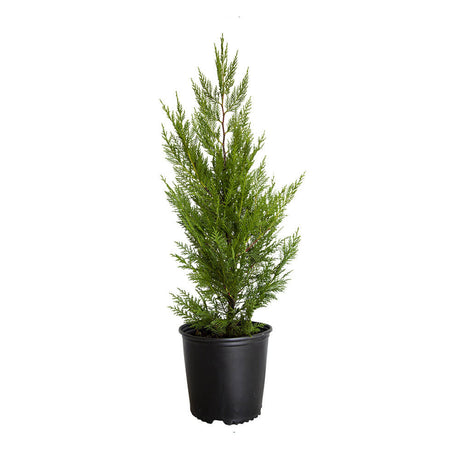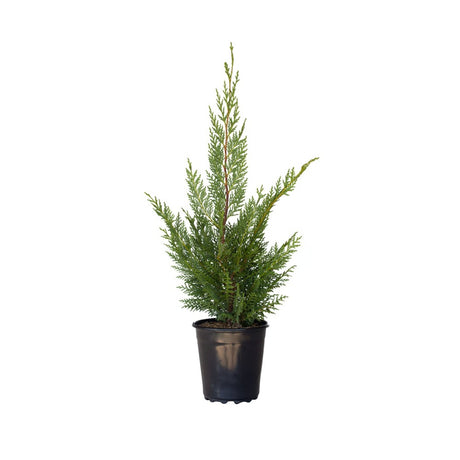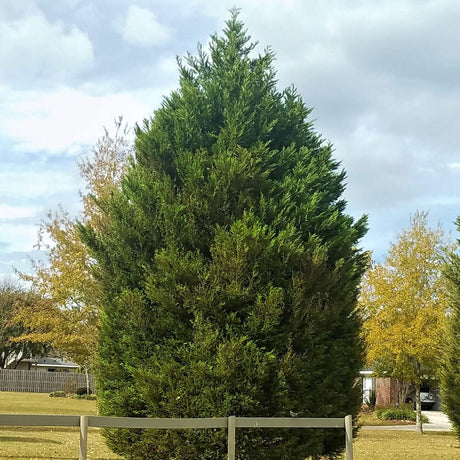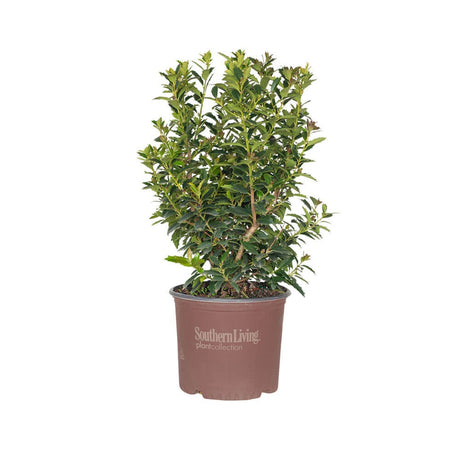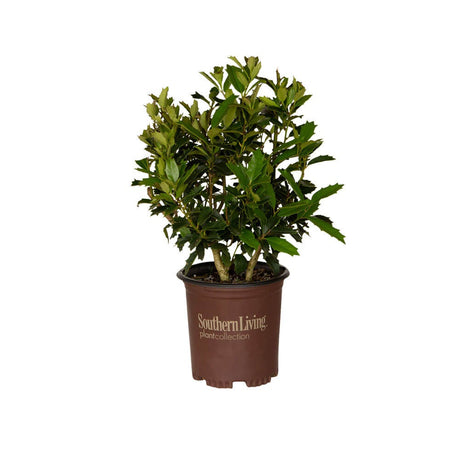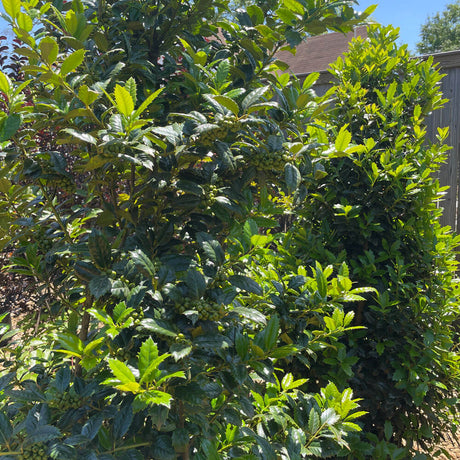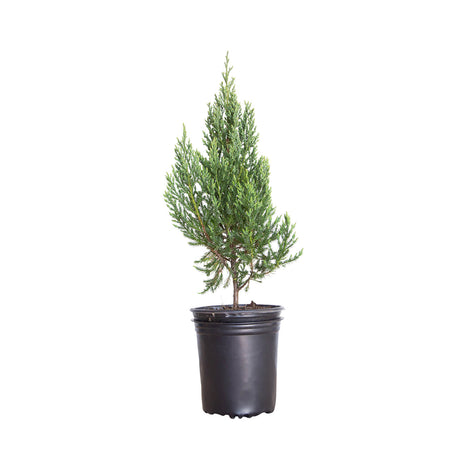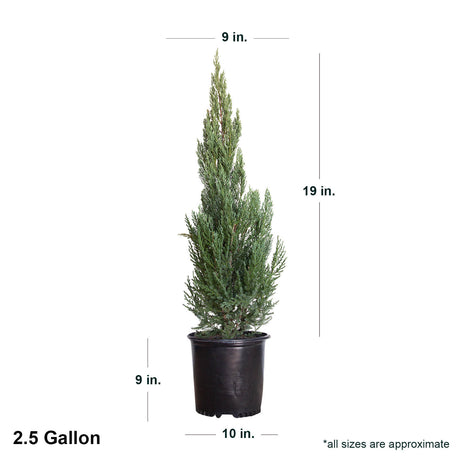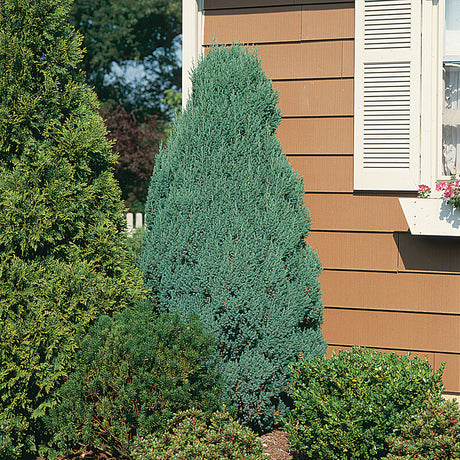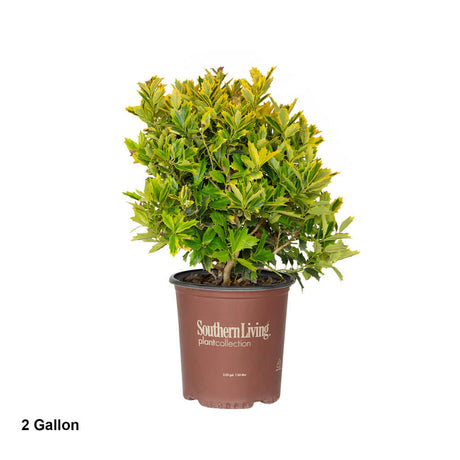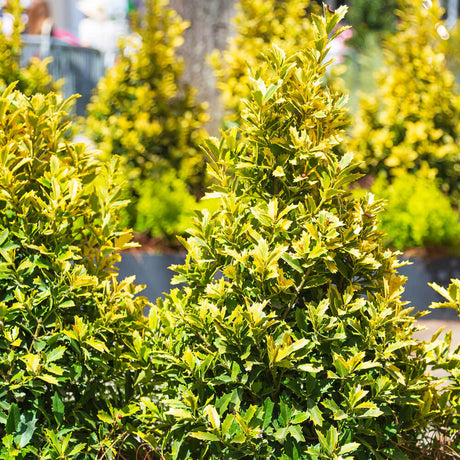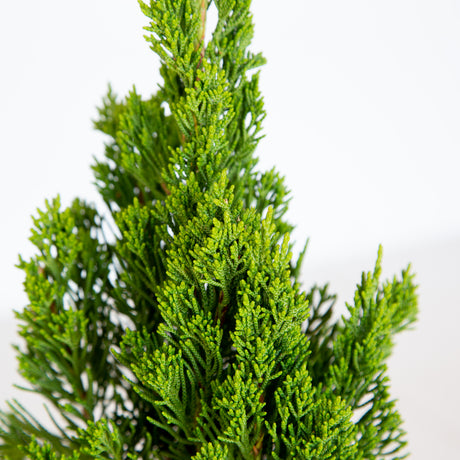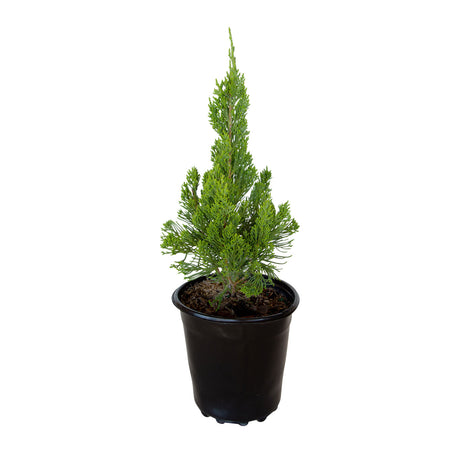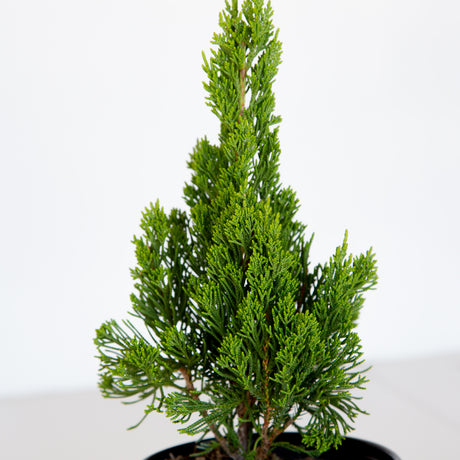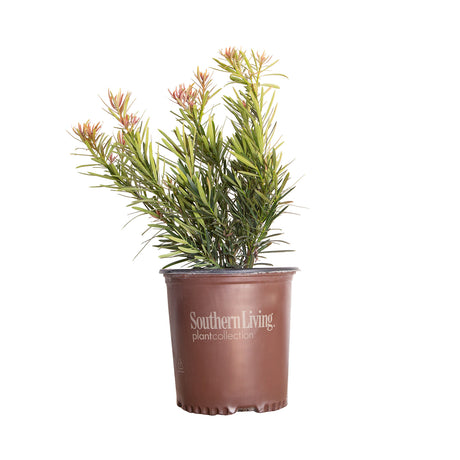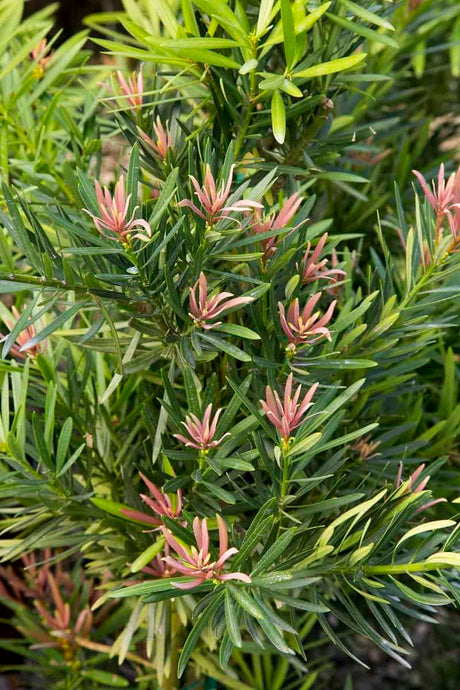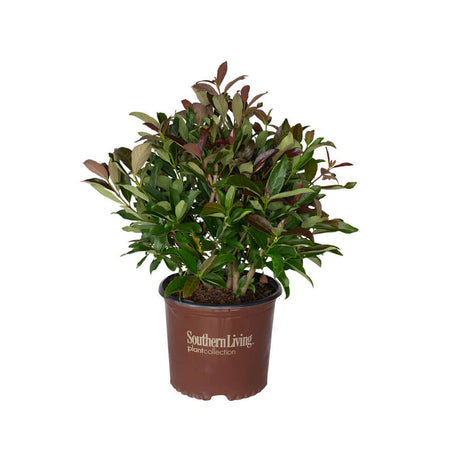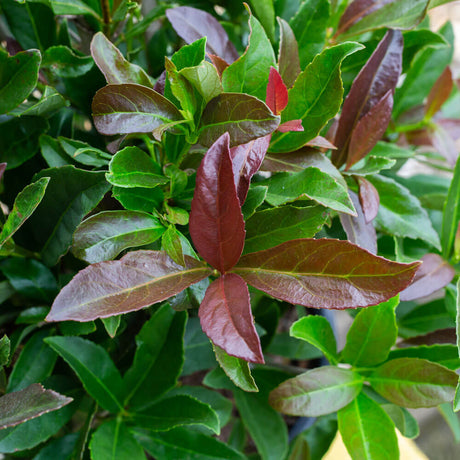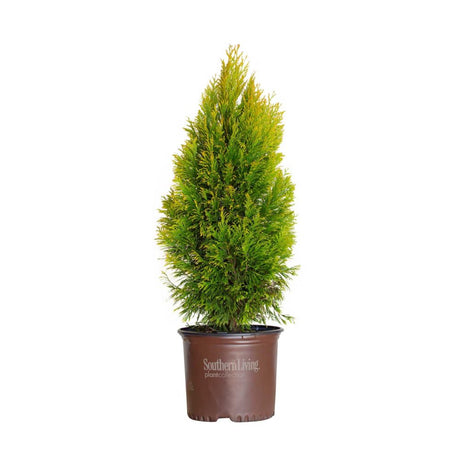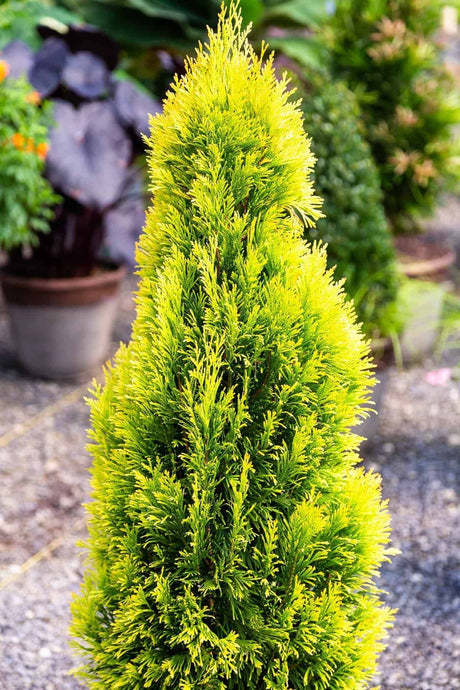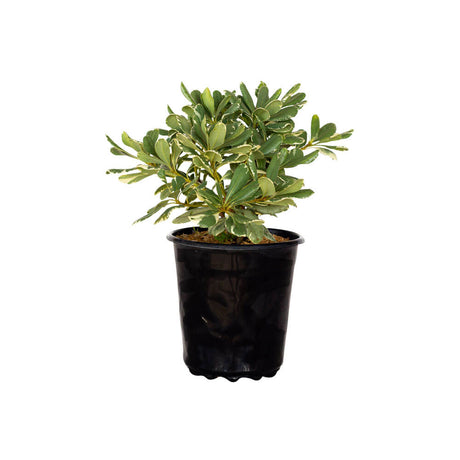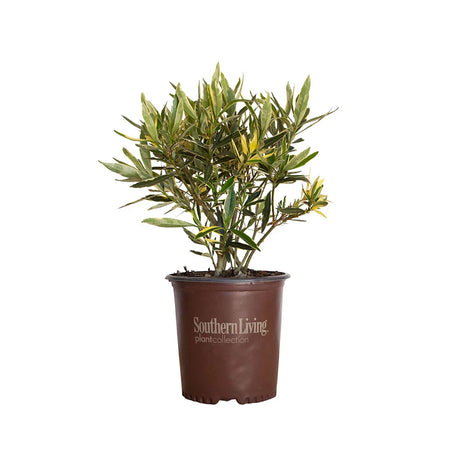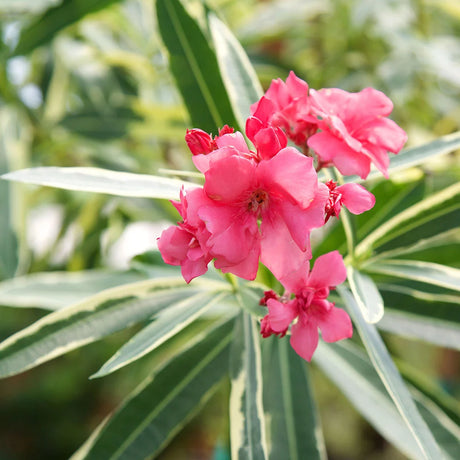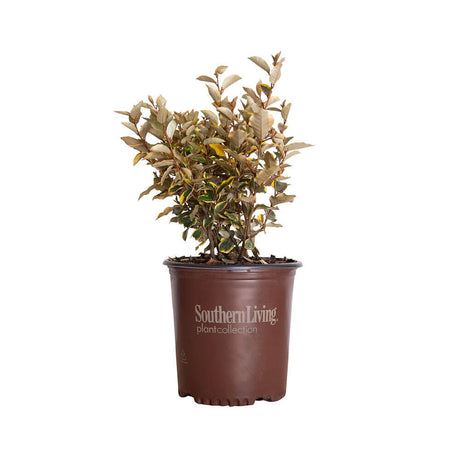Flowerwood
Carolina Sapphire Cypress (Arizona Cypress)
(4)From $17.99$19.99Unit price /UnavailableIn stock (1472)Southern Living Plant Collection
(11)From $19.98Unit price /UnavailableLow stock (6)Southern Living Plant Collection
(15)From $19.98Unit price /UnavailableIn stock (114)Southern Living Plant Collection
(6)From $19.98Unit price /UnavailableIn stock (372)Southern Living Plant Collection
(5)From $19.98Unit price /UnavailableIn stock (258)Southern Living Plant Collection
(8)$49.99Unit price /UnavailableIn stock (959)Flowerwood
Variegated Pittosporum (Variegated Japanese Mock Orange)
(6)From $17.69Unit price /UnavailableIn stock (561)Southern Living Plant Collection
(7)From $36.98Unit price /UnavailableIn stock (395)Southern Living Plant Collection
(11)From $37.98Unit price /UnavailableIn stock (276)
Privacy is a crucial aspect of any outdoor space; planting for privacy is an effective way to achieve this. Strategically incorporating trees and plants into your landscape can create a natural barrier that provides privacy and several other benefits.
One of the main advantages of privacy plantings is their ability to enhance seclusion in your outdoor space. Whether you want to deter prying eyes or enjoy your space without feeling exposed, privacy plants can create a quiet and tranquil environment.
Another advantage is that privacy plantings, such as evergreen tree hedges, serve as a natural barrier. Dense foliage and tall shrubs can prevent unwanted access to your property, adding an extra layer of home security.
Privacy plantings can also help mitigate noise and wind. The thick foliage of trees and shrubs absorbs sound waves, minimizing external noise and creating a peaceful atmosphere. Additionally, these plants can act as windbreaks, reducing the force of strong winds for a more comfortable outdoor environment.
Moreover, creating an evergreen shrub privacy screen can boost your property's value. In today's real estate market, privacy is desirable, and properties with well-established privacy plantings often command higher prices. So, learning how to create a privacy planting enhances your outdoor space and adds value to your property.
Tips for Planting and Maintaining Your Privacy Hedge
How to create a privacy planting that thrives starts with a solid foundation. Preparing the soil and ensuring proper drainage is key to the health and longevity of your plants. Start by removing weeds or grass from the planting area and loosening the soil with a garden fork or tiller for easier root establishment.
Next, ensure the soil has good drainage. If the area tends to hold water, amend the soil with organic matter such as compost or peat moss to improve drainage and prevent soggy roots.
Once the soil is ready, consider the spacing and planting techniques. Consider their mature size and growth habit depending on the type of plants you choose. Follow the recommended spacing guidelines to allow proper air circulation and room for growth.
Water deeply and regularly, especially during dry spells. Apply a slow-release fertilizer in early spring to provide nutrients throughout the growing season. Prune your plants to maintain their shape and size, removing dead or diseased branches.
Finally, monitor your privacy planting for pests and diseases. Regularly inspect the leaves and stems for signs of damage or infestation. If you notice any issues, consult a local garden center or extension office for appropriate treatment options.


